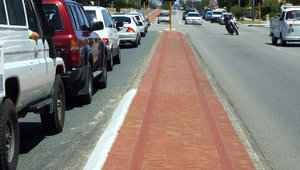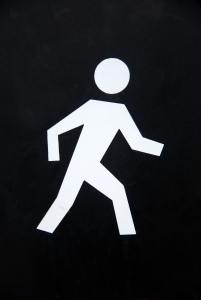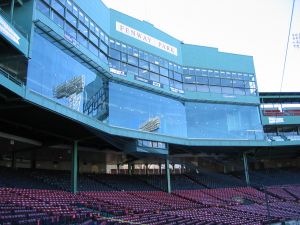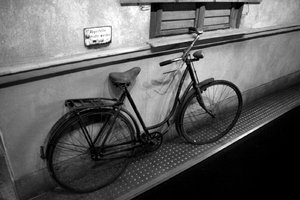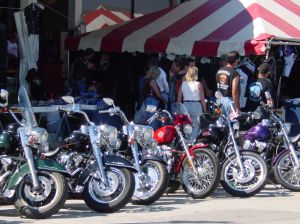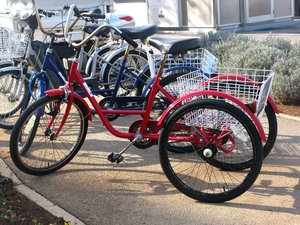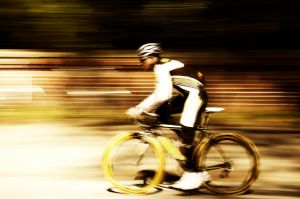Dog bite injuries in Boston and elsewhere are more common than you may think.
According to State Farm Insurance, it paid our nearly $110 million for these kinds of claims in just 2011. The year before, it paid out about $90 million. Experts are now trying to figure out why the increase, of nearly 4,000 claims in 2011 from 3,500 in 2010.

Nationwide, insurance companies dished out about $500 million in homeowners insurance claims for dog bite injuries in 2011, according to U.S. News.
Our Boston personal injury lawyers understand that there are more than 4.5 million people who are a victim of a dog bite every year. And those are only the ones that are reported. Experts say that about half of the bite victims are children. Nearly a million of all victims seek medical attention for the treatment of these bites, according to the Centers for Disease Control and Prevention. Nearly 20 die from these attacks every year, too!
Kids between the ages of 5- and 9-years-old are the most likely to be bitten by a dog. After this age group, seniors and then letter carriers make up the most at-risk group. Over the last two years, nearly 6,000 employees with the U.S. Postal Service were attacked by dogs.
To help to raise awareness about these kinds of accidents, the third week of May has been dubbed National Dog Bite Prevention Week. During this time, safety advocates and organizations nationwide work to educate residents about the risks for dog bite accidents. In most cases, dog bite victims are bitten or attacked by dogs they know, like the ones in their own household or dogs of neighbors, close friends and even family members.
Dogs can bite for a number of reasons, including health, training, socialization, heredity and the behavior of those around them.
The state of Massachusetts has one of the best laws for protecting the victims of dog bite injuries, especially child victims. The owner of a dog is strictly liable for dog bite accidents unless the victim was tormenting, trespassing or abusing the dog prior to the bite. Children under the age of 7 are presumed innocent, according to Dog Bite Law.
Residents are urged to be cautious near dogs. Some may not look dangerous, but looks can definitely be deceiving. Be careful when you’re near a dog of any kind. Allow them to sniff you before petting them. Never bother a dog while they’re eating, sleeping or caring for their young. Always treat a dog as if they could strike at any time. Be calm, careful and cautious to reduce your risks of a dog bite injury.
Continue reading
 Boston Personal Injury Attorney Blog
Boston Personal Injury Attorney Blog




